Adding a center speaker to your stereo amplifier isn't just a tweak—it's a game-changer for your home theater vibe.
Imagine you're watching your favorite movie, and suddenly, dialogue pops out like never before, and those action scenes feel like they're happening right in your living room.
That's the magic of integrating a center speaker. It’s not that stereo amplifiers aren’t cool, but they might miss out on that focused dialogue and center-channel punch.
So this guide is your ticket to bridging that gap and diving headfirst into a world of immersive sound. So, let's get your center speaker cozy with your stereo amplifier so that you can get going with the cinematic experience.
Understanding the Setup
In a typical Stereo amplifier, you've got three basic connections: an input from the source (including phones, computers, and tablets), an output to the speakers, and a source of power from the wall socket.
Luckily, Arylic Bluetooth amplifiers are all wireless or network amplifiers, they enable seamless streaming of music and audio content without the need for physical connections like cables or wires.
Now this amplifier upon receiving the electrical signal from the streaming source pumps out tunes and makes gaming sessions feel like you're in the middle of the action. It’s all good fun creating a spacious soundstage that's perfect for music, gaming, and even binge-watching movies.
It's important to note that stereo amplifier may have different types of speaker connections, including binding posts, spring clips, or banana plug terminals. These connections dictate the type of speaker wire termination you'll need to use for proper connection.
But here are things that fall short: while stereo amplifiers excel at spreading sound around, they can sometimes be inadequate in dialogue clarity, especially in movies or TV shows where it's crucial to follow along with what characters are saying.
Now by adding a center speaker to your Bluetooth amplifier board, you're not just filling in the gaps—you're unlocking a whole new level of audio immersion.
Suddenly, dialogue becomes crystal clear, vocals are rich and full-bodied, and those epic movie moments hit you right in the feels. It's like upgrading from standard definition to 4K, but for your ears— it's that big of an upgrade for your audio game.
So, whether you're chilling with a blockbuster or binging your favorite series, trust me, that center speaker is the secret component that turns your audio experience from decent to downright mind-blowing.
Preparations Before Installation
Before you get into the installation process, it’s imperative to be surrounded by the necessary materials and tools in place for safe and smooth working. Here is what you should prepare beforehand.
Checklist of Tools and Materials.
- Center speaker
- Stereo amplifier
- Speaker wire (preferably of appropriate gauge and length)
- Wire cutter/stripper
- Screwdriver
- Optional: Banana plugs or spade connectors for a cleaner connection
Safety Precautions
- Be mindful to power off the stereo amplifier and unplug everything from the electric outlet just to be safe from electrical hazards.
- Avoid liquids or moisturizers of all sorts away from the equipment to be protected from electrical shocks.
- Be gentle when working around cables, wires, and components otherwise, you may damage them or yourself.
- Always use a stable space for working to prevent accidents or potential damage.
- It’s wise to refer to the product manual for specific installation and safety protocols.
How To Connect Center Speaker With Your Stereo Amplifier
Method 1: Using a Passive Center Channel Adapter
A passive center channel adapter is a hardware device that helps your center speaker join the party without needing extra gadgets.
It comes in use when your stereo amplifier doesn’t have a dedicated channel for the center speaker Basically, its purpose is to redistribute audio signals from the left and right channels of the stereo amplifier to the center speaker, enhancing the overall audio experience and making sure you get that sweet, immersive sound you crave for your favorite blockbuster shows.
The Advantages of Using Passive Center Channel Adapter
Integrating a center speaker using a passive adapter helps improve dialogue clarity, making it easier to understand and follow conversations in movies, TV shows, and other audiovisual content.
With this setup, it's like turning up the volume of the conversation so that every word is crystal clear, and you're right there in the middle of the action. This enhances the overall listening experience, particularly in home theater environments where dialogue intelligibility is crucial for immersion.
Plus, these adapters are often more affordable than active electronic solutions and are relatively straightforward with minimal technical knowledge.
Here’s how you should be working step by step.
|
1. Understand Your Equipment Before you get into the nitty-gritty of setting up your center speaker with your amplifier using a center channel adapter, let's take a moment to get to know the main players here: your amplifier, center speaker, and the adapter itself.
It's not just about recognizing them by sight; you'll want to make sure they're all on the same page when it comes to impedance ratings. Think of impedance as the electrical flow's resistance—it's like making sure all the gears in a machine work harmoniously.
If your amplifier, speaker, and adapter don't match up impedance-wise, you might run into issues like distorted sound or even damage to your equipment.
So, before you start plugging things in, double-check these areas to keep your audio setup functioning smoothly.
2. Gather Materials Gather up things you’ll be using during the process such as ● Passive center channel adapter ● Speaker wire ● Wire cutters/strippers ● Screwdriver (if needed for terminal connections) ● Center speaker ● Stereo amplifier
3. Power Off And Unplug Before you jump into the process of connecting wires, make sure to hit the pause button and power down your stereo amplifier and center speaker. And meanwhile don’t forget to unplug them from the electrical outlet too. 4. Identify Connections and Hook up Wires Locate the speaker terminals on your stereo amplifier and the input terminals on the passive channel adapter, clearly labeled for the right and left channels.
Similarly, don't overlook the output terminal on the adapter designated for the center speaker. Marking these points ensures a smooth and hassle-free setup process, allowing you to seamlessly integrate your center speaker into your audio system.
Now it’s time to hook up the wires.
● Connect the left and right channel outputs from the amplifier to the corresponding input terminals on the adapter. ● Ensure a secure connection by tightening any screws or terminals on the adapter. ● Connect the center speaker to the output terminal on the adapter using the speaker wire.
5. Secure Connections and Power On Before you hit the power button, take a quick look to make sure all the connections are tight and snug. You don't want any loose wires or exposed bits causing trouble down the line.
Once you've given everything the once-over, go ahead and flip the switch on your stereo amplifier and center speaker. This step lets you see if everything's hooked up just right and if your center speaker is ready to rock in your audio setup.
6. Test and Adjust Now comes the main part and that is playing your favorite tunes to give your center speaker a test. Listen carefully and observe the sound clarity. If you the sound a bit off, Just adjust the balance and volume settings on your amplifier until everything sounds just right.
Obviously, It's all about finding that perfect balance for the ultimate listening experience. 7. Finalize Setup Once you’re satisfied with the sound performance, secure loose wires and Tidy up your installations. Here you can label the connections for future reference and troubleshooting.
|
Method 2: DIY Method Using Resistors
Another method of connecting your center speaker to the stereo amplifier is through resistors to balance the impedance between the center speaker and the other speakers in the system.
This is often necessary when the center speaker has a different impedance rating than the other speakers or when the amplifier is not designed to handle mismatched impedance.
Here are the things you should be mindful of
|
1. Know your impedance Rating Begin your process by noting down the impedance rating of all three components–your amplifier, center speaker, and other speakers in the system. Ensure they’re all compatible to avoid issues.
2. Select Resistors: If your center speaker's impedance is playing hard to get with the other speakers or your amplifier, that's where resistors come to save the day. Grab some resistors that'll help even out the impedance. You can figure out the right resistor values using Ohm's Law.
3. Wire it up Connect the resistors in series to the positive terminal of your center speaker. This will increase the total impedance seen by the amplifier, effectively matching it to the impedance of the other speakers. Use soldering or wire connectors to ensure secure connections.
4. Test and Adjust Power up your system and give it a test run. Listen for any weird sounds or imbalances. If things aren't sounding right, you might need to adjust the resistor values or try different combinations until it sounds sweet.
5. Ensure proper Heat Dissipation Resistors can get hot when in use, especially if they're handling a lot of power. Make sure they're rated for the job and have some breathing room to prevent overheating.
6. Monitor Performance Keep an ear out for any changes in sound quality over time. You might need to tweak things every now and then to keep everything sounding its best.
|
Resistors Implications on Sound Quality and Speaker Load
Introducing resistors to balance impedance is all about finding the perfect harmony in your music streamer. On the one hand, it can save you from headaches like distorted sound or busted gear caused by mismatched impedance.
But, it also might mess with your sound quality a bit. You could experience some signal loss or changes in frequency response, which nobody wants.
And then there's the whole speaker load situation. When you throw resistors into the mix, it changes up the impedance that your amplifier sees. This can mess with how your amp handles the speakers and could lead to some issues if you're not careful.
So, it's super important to check out your amp's specs and make sure everything's fine with the new speaker load. You definitely don't want to push your amplifier too hard and risk it breaking down.
Instruction to Connect
- First things first, locate the positive terminal on your center speaker.
- Now, grab one end of your resistor and connect it to that positive terminal on your center speaker.
- Take the other end of the resistor and hook it up to the positive terminal of one of the stereo channels on your Bluetooth amplifier.
- Now, do the same thing for the other stereo channel on your amp, but this time, use another resistor.
- Lastly, make sure all your connections are nicely secured and snug. You don't want any loose wires causing short circuits. And don't forget to give everything a little insulation to keep things safe and sound.
Method 3: Using a Home Theater Receiver
If you're serious about giving your home theater setup up a notch and you want something that's gonna stick around for the long haul, a home theater receiver is where it's at. Here's why you should make the switch:
- First off, these ones are built to handle all your audio needs like a champion. They'll make your whole house audio like a concert hall
- Secondly, talking about connectivity, you're not just limited to one or two devices—you can hook up all your gadgets with ease. From Blu-ray players to gaming consoles, this thing's got you covered.
- Thirdly, these receivers come packed with all sorts of impressive features to take your audio experience to the next level. We're talking about surround sound processing, room calibration, and even network connectivity.
Connecting a Center Speaker with a Multi-channel Receiver: Guidelines
|
1. Locate the Outputs and Inputs: First up, find the center speaker output on your multi-channel receiver. It might be labeled as "Center" or simply "C." Next, identify the input terminal on your center speaker. Look for labels like "Center," "C," or "Input."
2. Gather Your Gear: You'll need some speaker wire for this job, so make sure you've got enough to reach from your receiver to your center speaker.
3. Prep the Speaker Wire: Use wire cutters or strippers to strip a small portion of insulation from each end of the speaker wire. This will make it easier to connect everything up.
4. Connect the Speaker Wire: Now comes the fun part. Insert one end of the speaker wire into the center speaker output on your receiver. Make sure it's nice and snug. Then, do the same with the other end of the wire, but this time, connect it to the input terminal on your center speaker.
5. Check Your Connections: Give everything a once-over to make sure all the connections are secure. You don't want any loose wires causing trouble down the line.
6. Power Up and Test: Time to turn up your receiver and center speaker. Play some audio content and listen carefully for sound coming from the center speaker. If everything sounds good, you're all set!
7. Fine-tune Settings (if needed): If the sound isn't quite right, don't panic. You can adjust the settings on your receiver to balance out the sound levels and make sure everything's working as it should.
|
Tips for Optimizing Sound Quality
To get that ultimate audio experience, you need to play around with parameters such as optimizing amplifier settings, adjusting balance, cross-over frequency, and equalization to match the acoustics of your room and preferences.
After all a good sound quality transforms your watching experience, engrossing you in the action and enhancing every moment with depth and clarity. Take a look at the following tips.
- Positioning:Place the center speaker above or below your TV screen, right there at an ear level when you’re chilling on the couch. This way, you'll get the best sound projection without straining your neck.
- Distance:Keep things symmetrical by placing your center speaker at the same distance from the left and right speakers so everything syncs together nicely.
- Isolation:Don't crowd your center speaker against walls or corners—they're not great for sound. Give it some breathing room to avoid unwanted echoes and vibrations.
- Balance:Think of it as adjusting the volume knobs on your Bluetooth stereo amplifier to make sure everything sounds just right. Adjust the balance settings on your amplifier until the center speaker's volume matches up with the left and right ones. That way, you'll get a smooth flow of sound across all your channels.
- Crossover Frequency:This one is all about making sure your center speaker handles the right frequencies for clear dialogue and vocals. Set the crossover frequency on your amplifier to somewhere between 80Hz and 120Hz.
- Equalization:Experiment with the equalization settings on your amplifier to fine-tune how your center speaker responds to different frequencies. It's all about finding that sweet spot that makes your room's acoustics sing.
Troubleshooting Common Issues
- Dialogue Clarity:
If you're finding it hard to catch what the show conversation is all about, it might be because your center speaker is obstructed by some furniture. Give it some breathing room and make sure it's not tucked behind anything. You can also try adjusting its angle or height for clearer dialogue.
- Imbalance:
If one speaker is stealing the show with its volume, it's time to bring everyone back into harmony. Head over to your amp's balance settings and give them a little tweak until everything sounds just right. Also, double-check those speaker wires for any loose connections.
- Interference:
If you're hearing weird buzzing or humming noises, it's probably not your soundtrack's latest remix. Take a peek around for any electronics or cables nearby that might be causing trouble. Moving your center speaker away from these troublemakers or using shielded cables can work wonders in clearing up the noise.
Conclusion
So, to wrap things up, we've covered three different ways to hook up your center speaker to your stereo amplifier, and each method has its own perks depending on what floats your boat.
If you're all about simplicity, that passive center channel adapter is the way to go. No extra gadgets are needed—just plug and play.
But if you're a bit of an audio geek and love tinkering with stuff, connecting with resistors is your jam. It's fine-tuning your system to make sure it functions at a peak level of performance.
And if you're ready to opt for a comprehensive solution, spending on a home theater receiver is the ultimate move. It's like turning your living room into a legit cinema experience, complete with all the impressive features.
Don't hesitate to experiment with different setups to find the one that best suits your preferences and provides the ultimate listening experience.
After all, the journey to audio perfection is as much about exploration and discovery as it’s about sound quality. So, dive in, tweak, and let your ears lead the way to your audio joy.


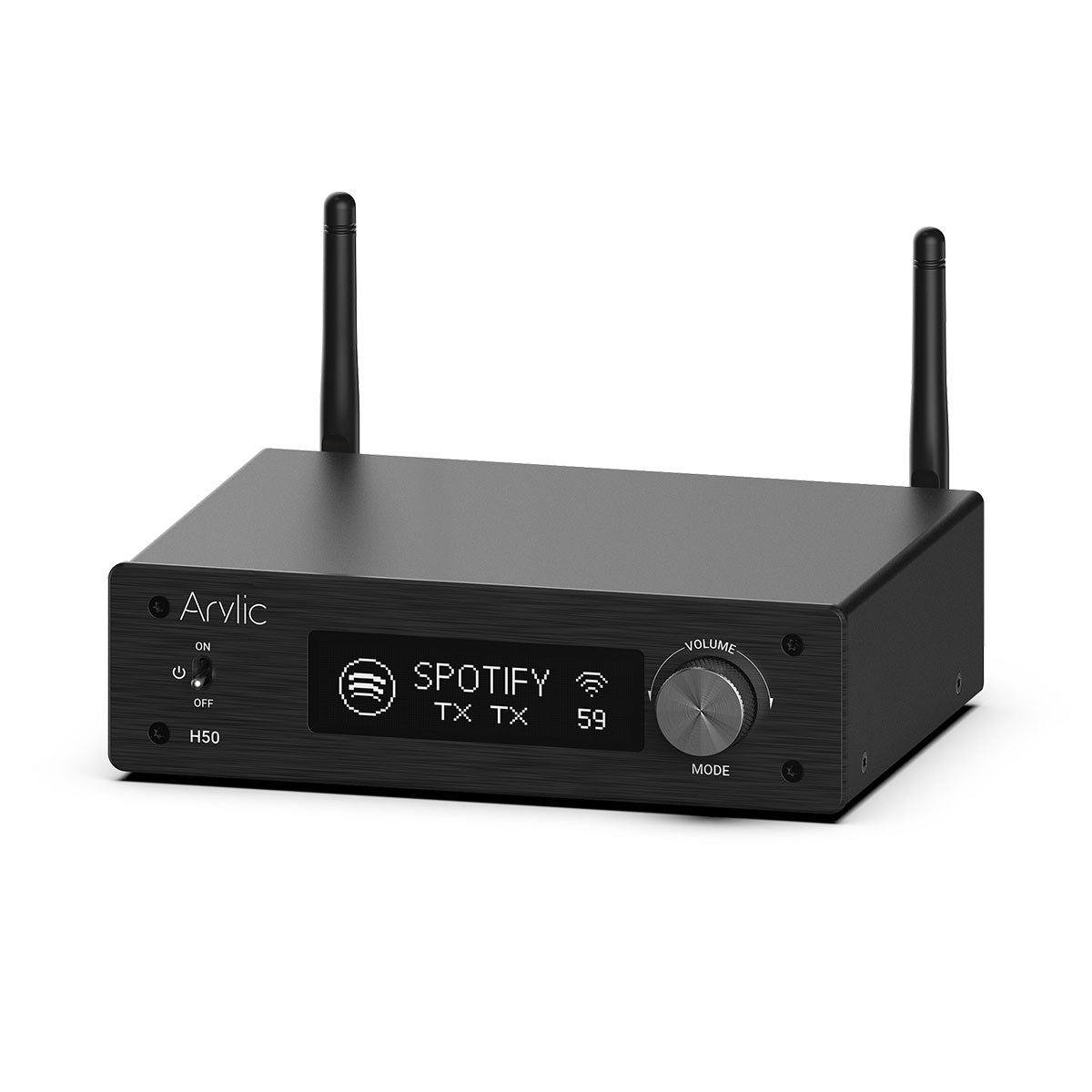
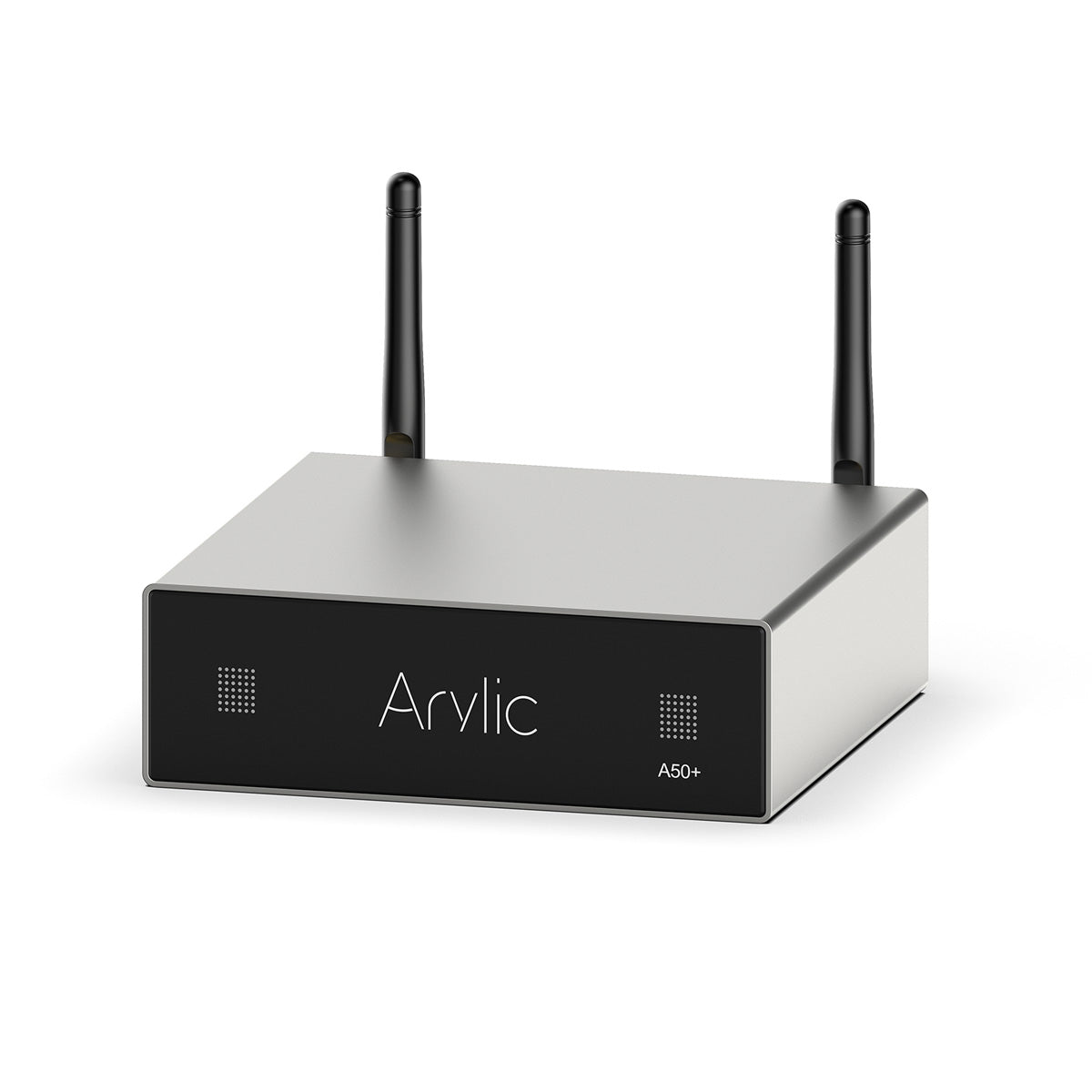
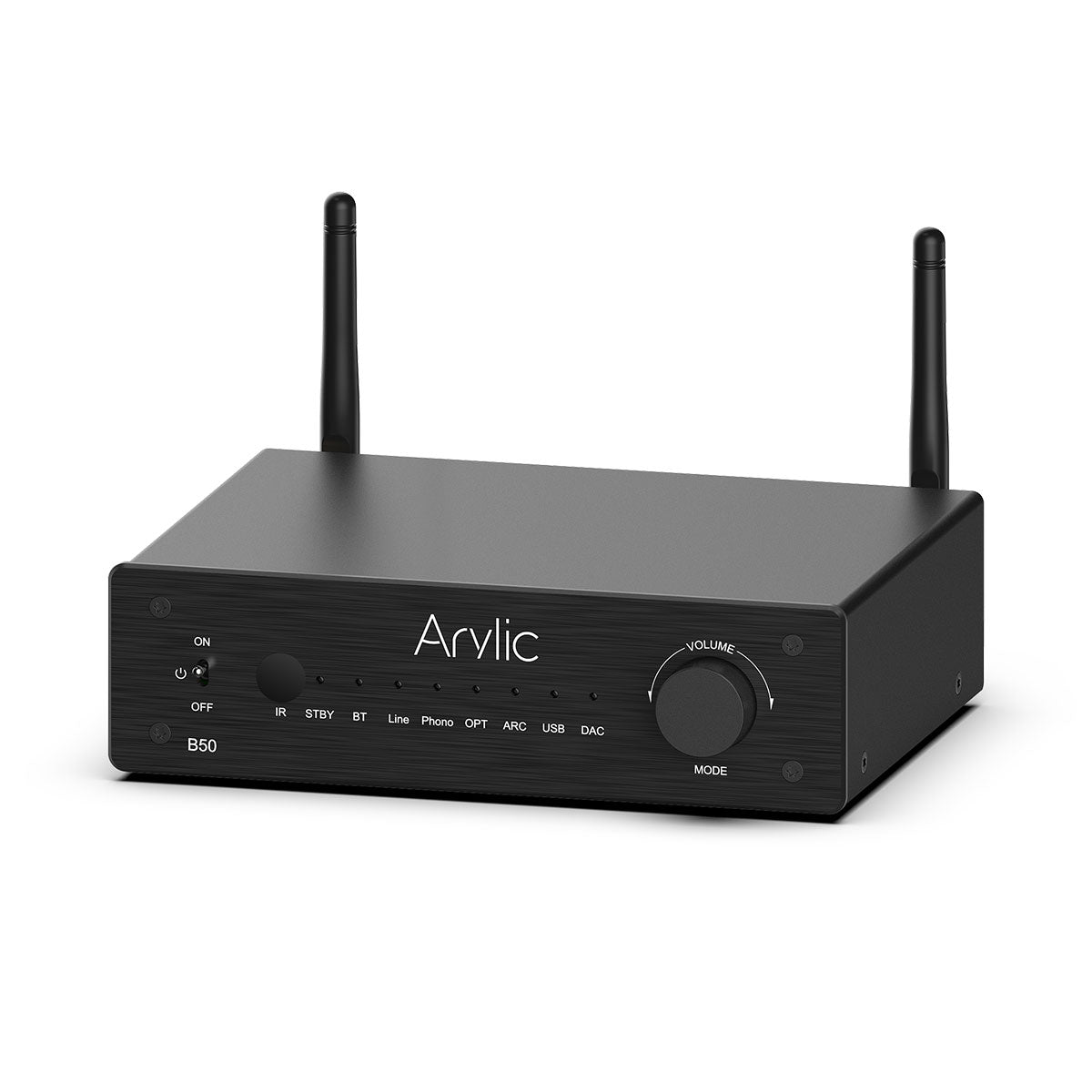
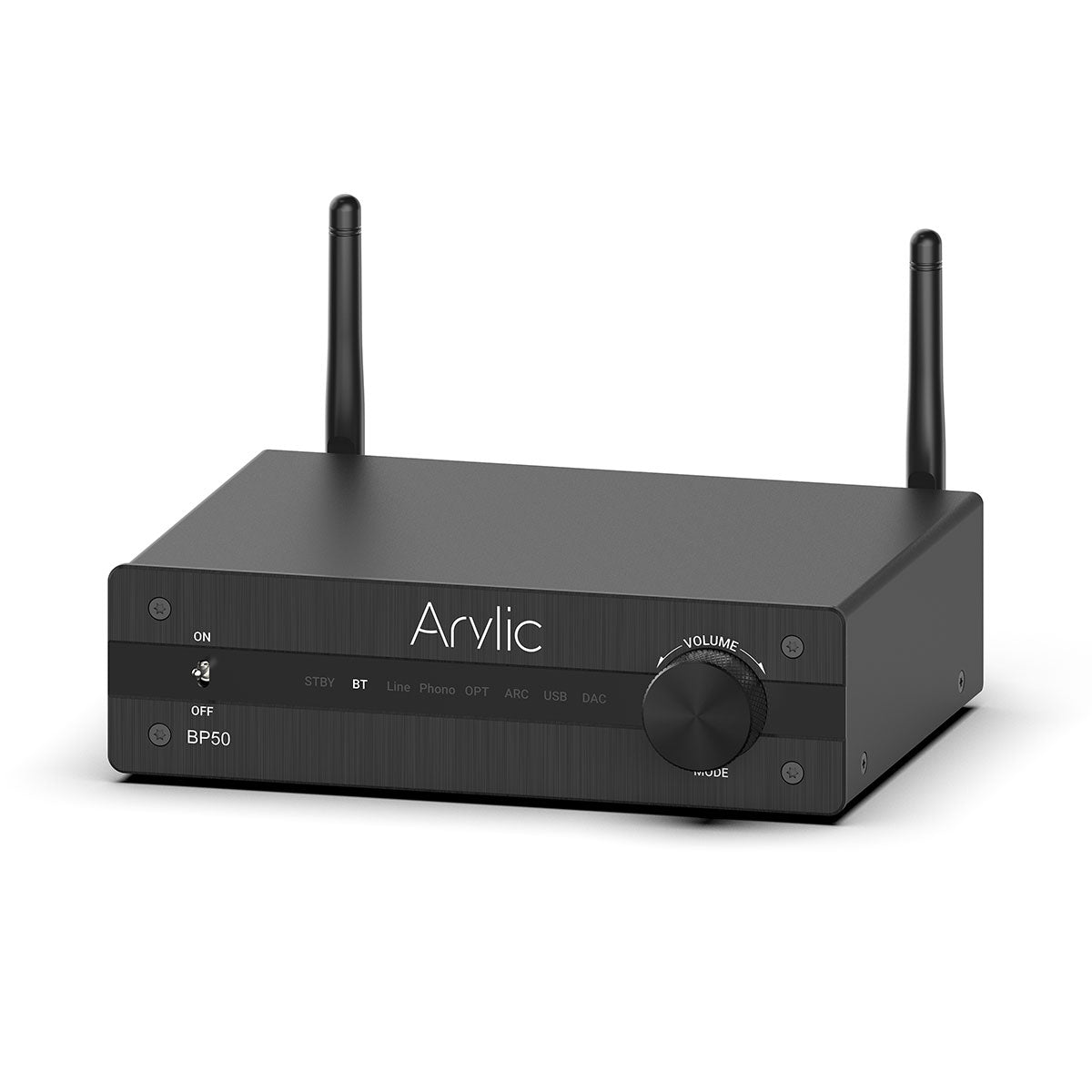
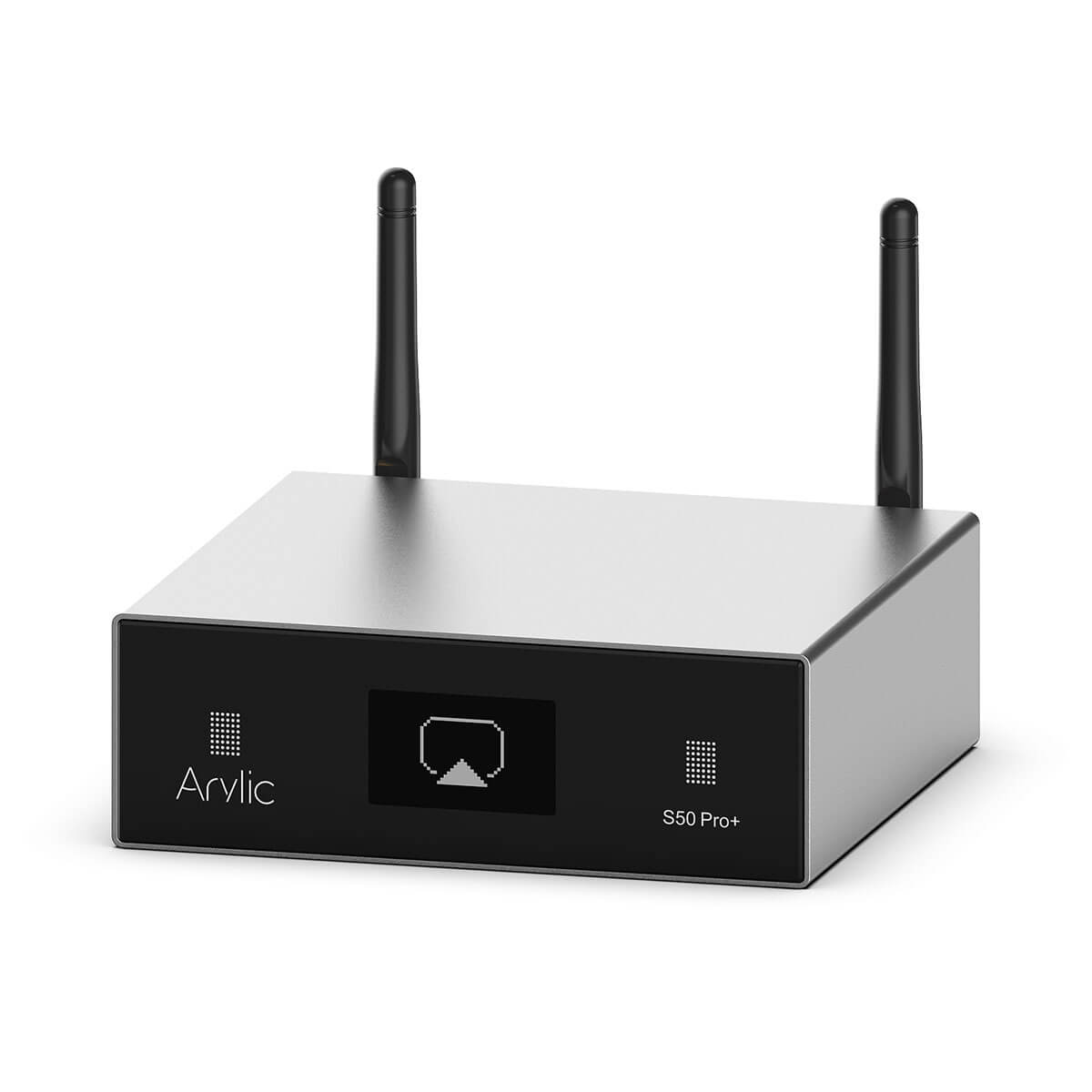
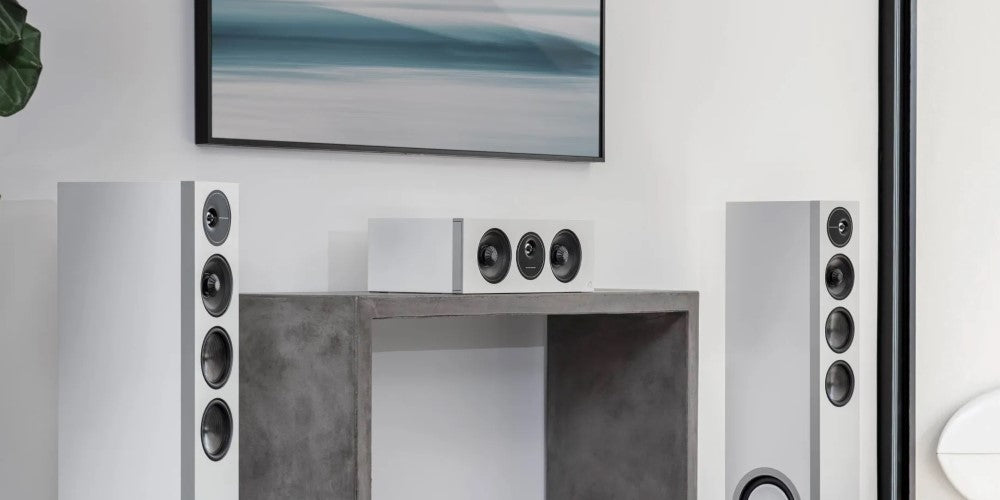
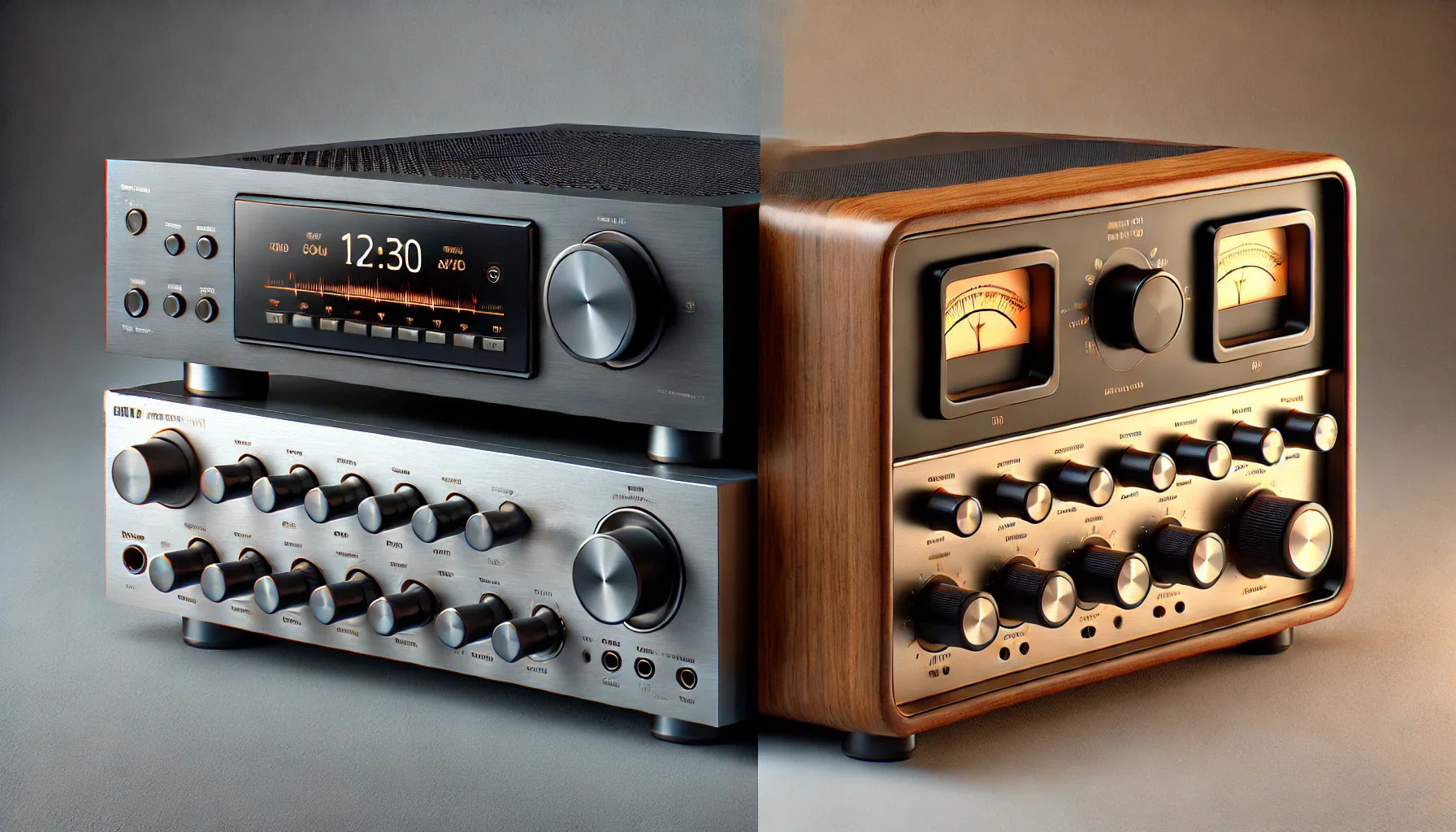
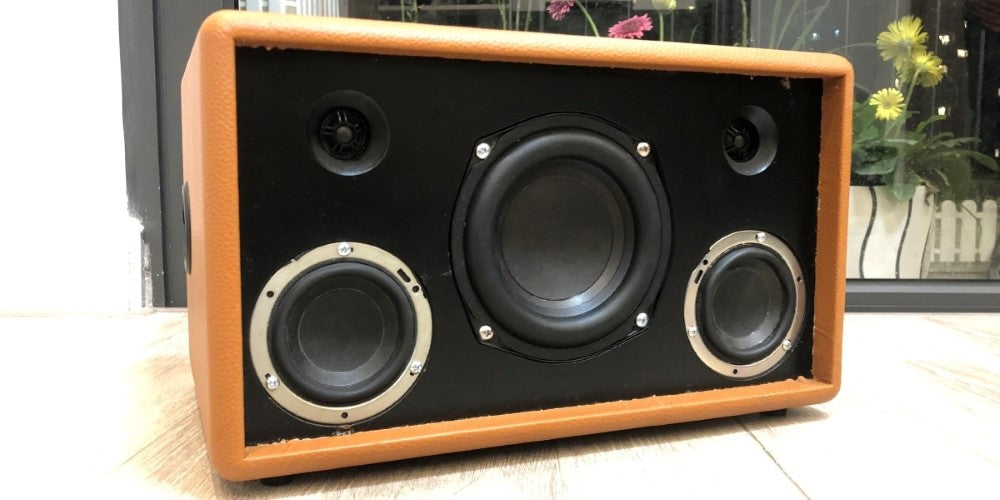
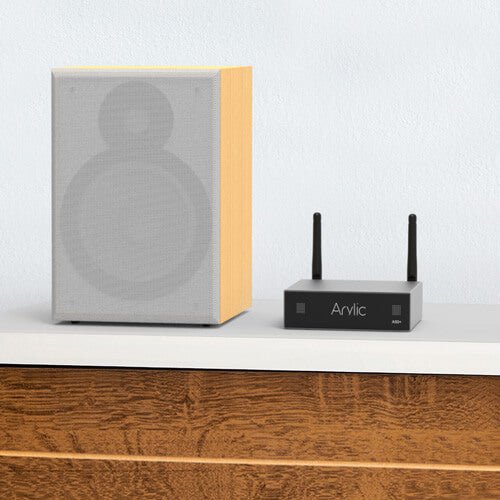
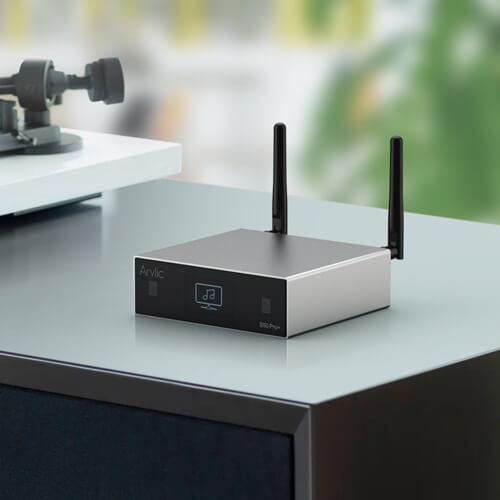
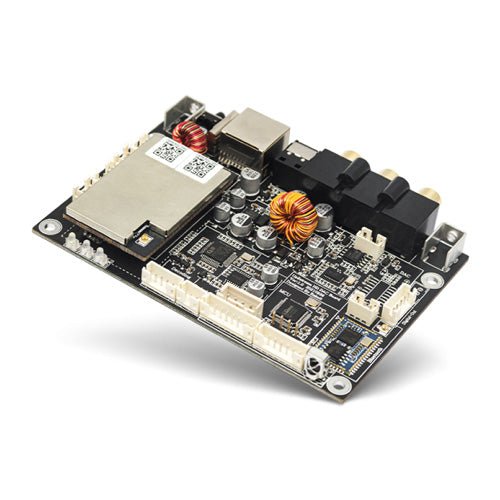
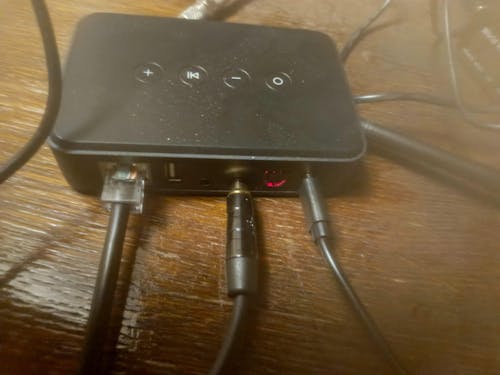
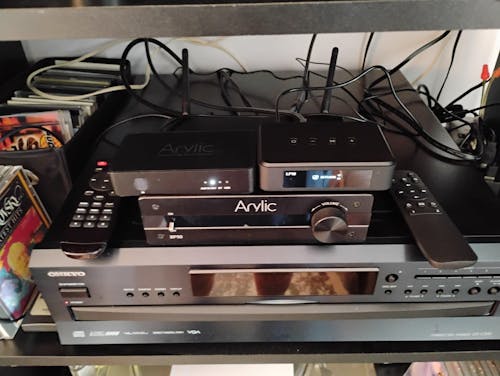
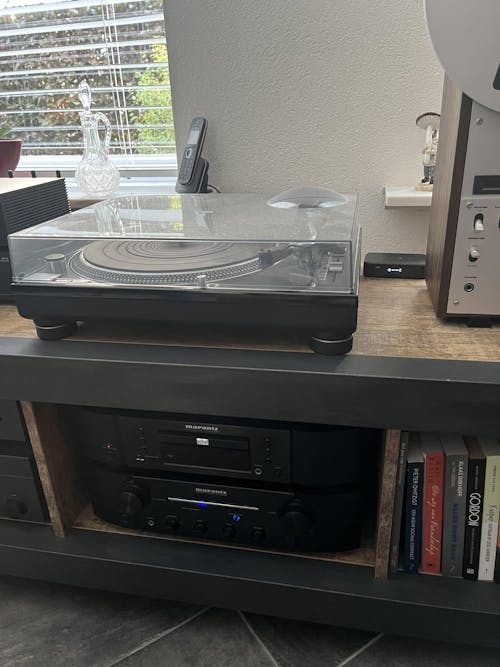
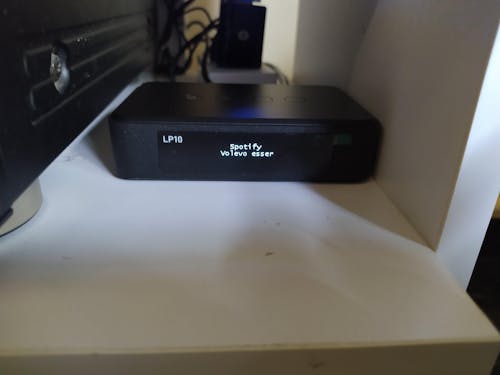
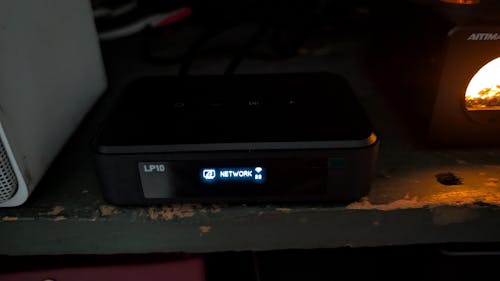
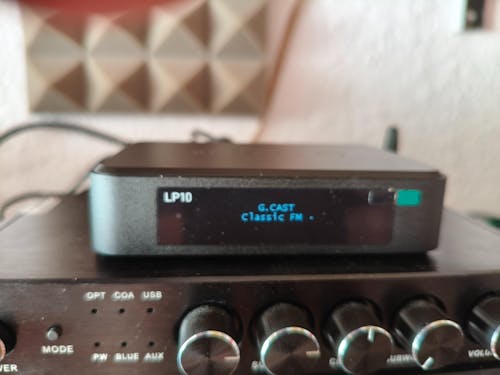


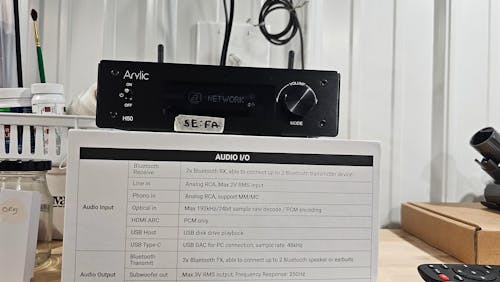
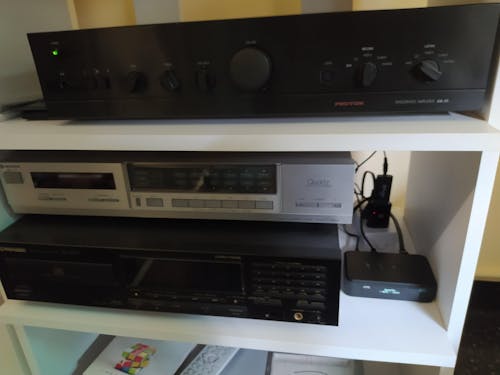
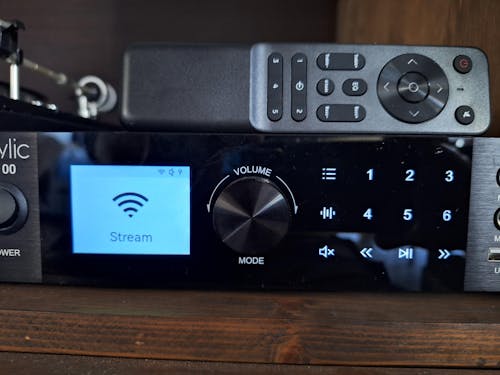
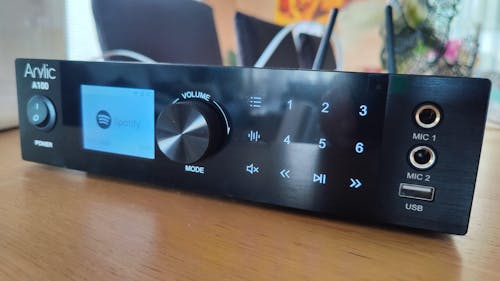

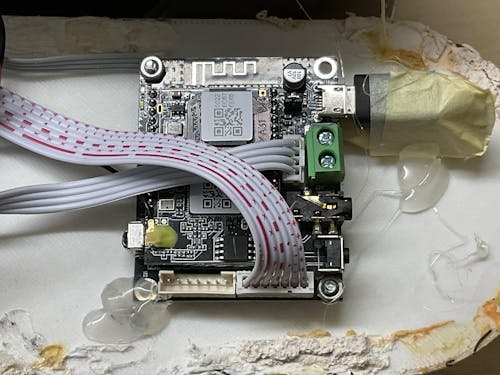

Leave a comment
All comments are moderated before being published.
This site is protected by hCaptcha and the hCaptcha Privacy Policy and Terms of Service apply.